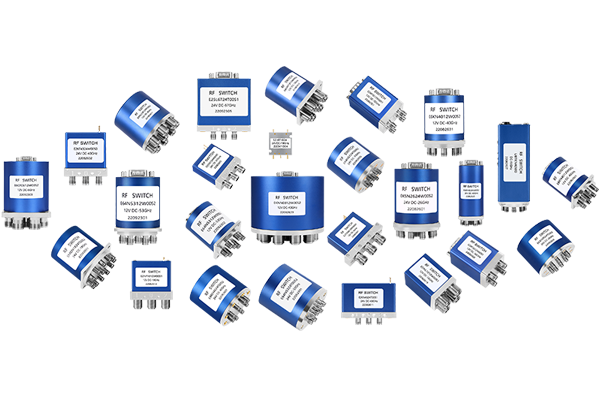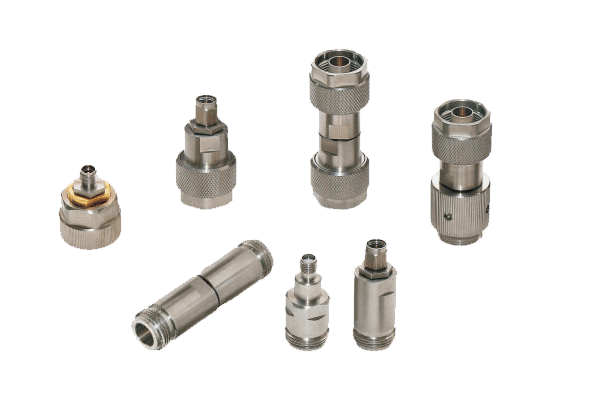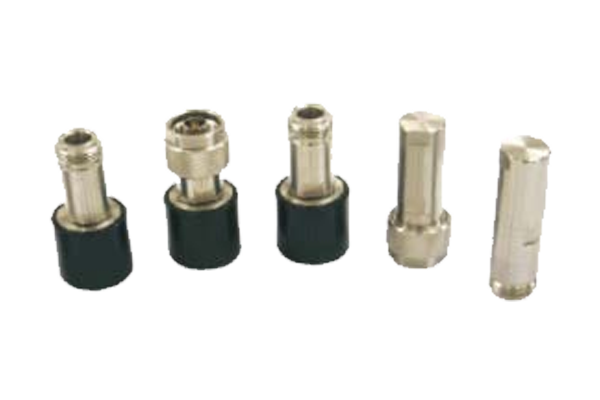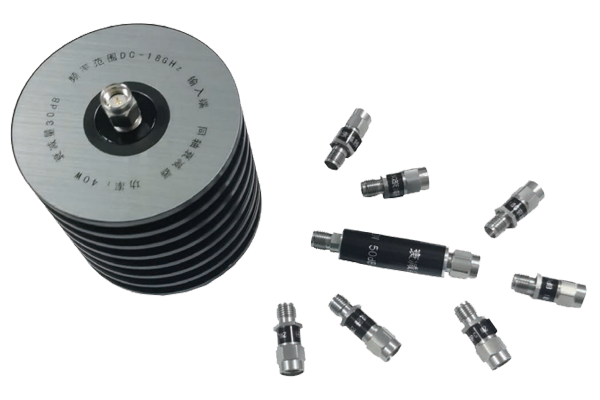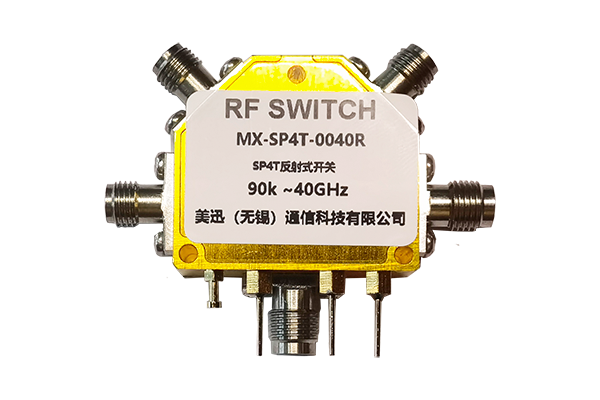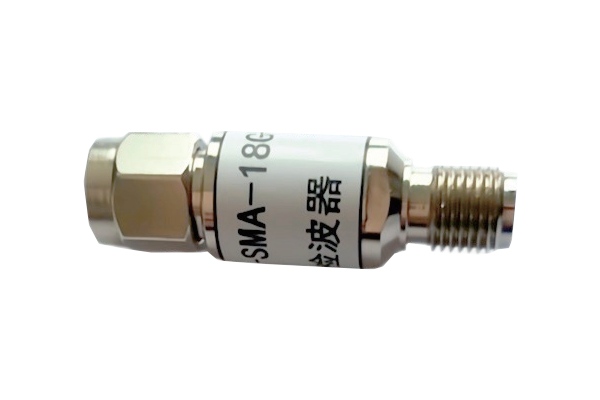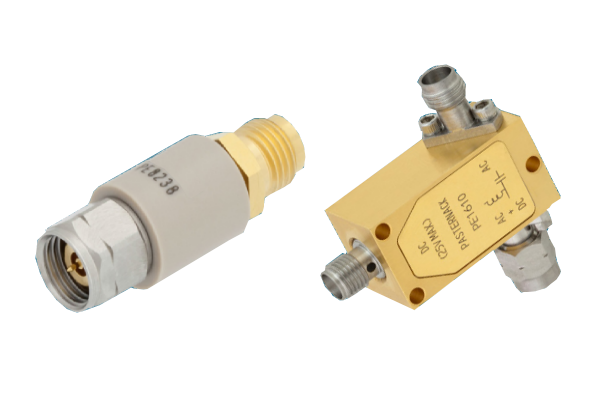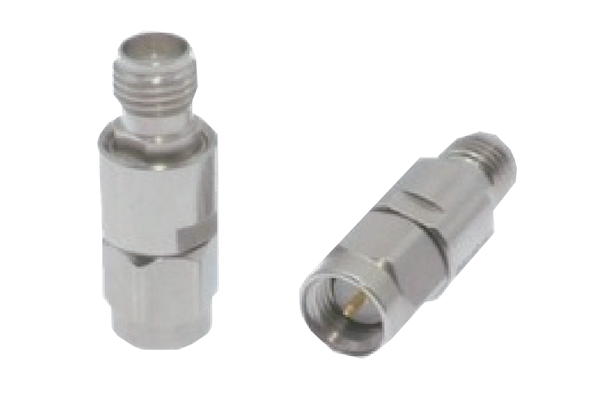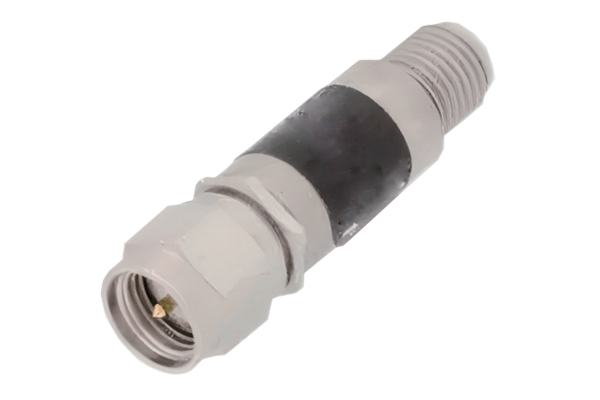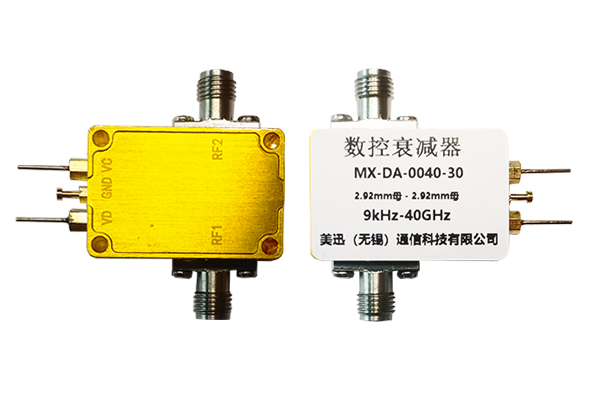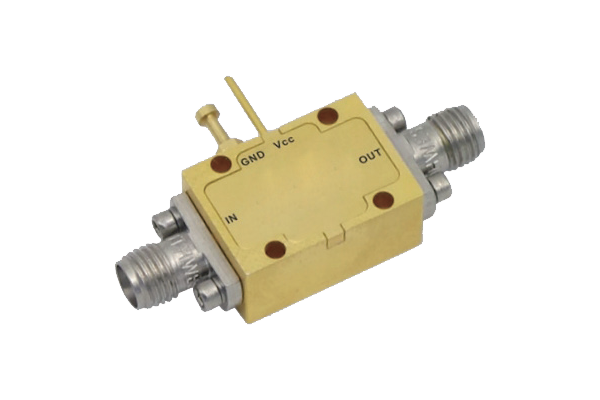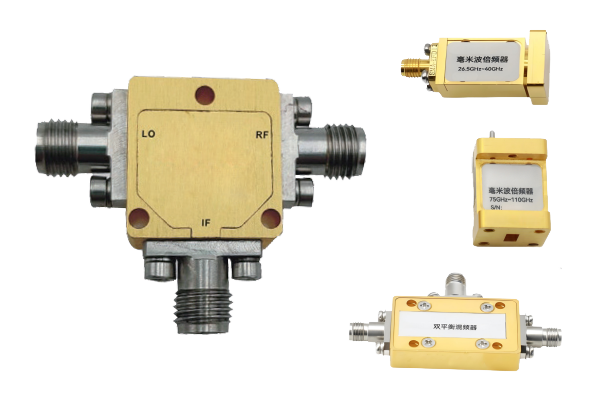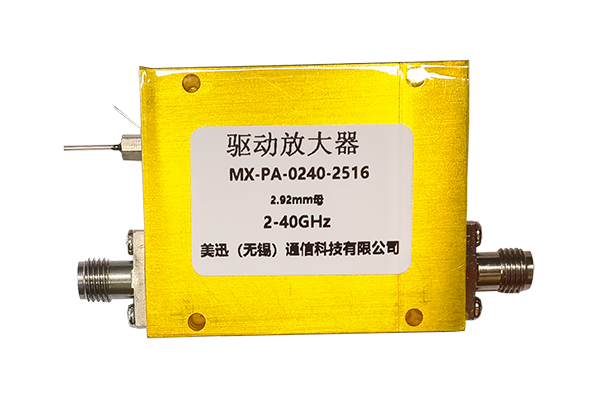How to Prevent LNA Amplifier Self-Oscillation
-
Optimize Circuit Design to Suppress Oscillation Risks
Reasonable circuit design is fundamental to preventing LNA amplifier self-oscillation. Add stabilization networks to the circuit architecture, such as inserting RC compensation circuits between amplifier stages. Resistors dissipate excess energy, and capacitors suppress high-frequency signal feedback, disrupting the phase conditions required for self-oscillation. Furthermore, control the amplifier's gain-bandwidth product to avoid circuit stability degradation caused by excessive gain or wide bandwidth. Ensure that the circuit's gain and phase characteristics meet stability requirements within the target operating frequency range, minimizing the possibility of signal feedback forming a positive feedback loop.
-
Select Components to Ensure Circuit Stability
Component performance and parameter compatibility directly impact LNA amplifier stability. Select active components with excellent high-frequency characteristics and consistent parameters, such as low-noise transistors, to avoid circuit oscillation caused by excessively high noise figures or abnormal frequency response. For passive components, select high-precision resistors, capacitors, and inductors to ensure that their parameter deviations at the operating frequency meet design requirements. In particular, avoid components with excessively large parasitic parameters, as these introduce additional feedback paths and disrupt circuit stability.
-
Scientific Layout and Routing to Reduce Parasitic Feedback
Improper PCB layout and routing can easily generate parasitic feedback and cause LNA amplifier self-oscillation. Strictly separate the input and output circuits, avoiding crossing or closely parallel routing. This reduces feedback caused by spatial coupling. Shorten high-frequency signal lines to reduce parasitic inductance and capacitance, minimize phase shift during signal transmission, and avoid positive feedback caused by phase lag. Furthermore, optimize the grounding design, using single-point or zoned grounding to reduce ground impedance, prevent mutual interference between ground currents in different circuits, and mitigate the risk of oscillation caused by ground noise.
-
Precisely Tune Parameters to Control Operating Conditions
Parameter tuning can further reduce the risk of LNA amplifier self-oscillation. During LNA amplifier tuning, gradually adjust the bias voltage and current to ensure that the active devices operate at a stable static operating point. This prevents improper biasing from causing the devices to enter the nonlinear region, which could lead to parameter fluctuations and oscillation. Furthermore, test the circuit output characteristics at different input signal strengths to observe any abnormal signal gain or phase jumps. Adjust circuit parameters promptly to ensure the circuit remains stable and free of self-oscillation throughout the entire operating range.



